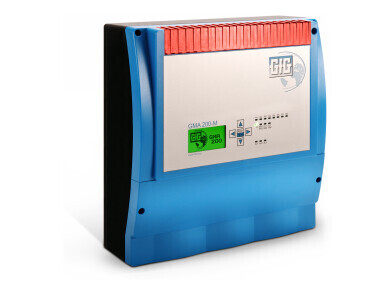Safety
CO2 - an Underrated Threat
Jan 18 2022
Carbon dioxide is one of the most frequently overlooked of all toxic gases. Even to refer to CO2 as a toxic gas, is a surprise to many safety professionals. It was seen as adequate to simply measure the oxygen concentration. But was this assessment really valid?
The Effects of CO2
To answer this question, it helps to look at the physical effects of different CO2 concentrations as listed by some Health Authorities (image 2). Those symptoms are not a result of oxygen deficiency, but a direct effect of the CO2 concentration.
The Relation Between O2 and CO2
In the case of a confined space where CO2 is generated as a by-product of aerobic bacterial action, a concentration of 19.5% O2 (the hazardous condition threshold for oxygen deficiency in most jurisdictions) would be associated with an equivalent concentration of at least 1.4% (= 14,000 ppm) CO2. This is substantially higher than the generally accepted workplace exposure limit for CO2 (5,000 ppm calculated as an 8-hour TWA).
The true concentration of CO2 could be substantially higher, if the oxygen deficiency is due to displacement rather than consumption of the oxygen. As oxygen represents only about one-fifth of the total volume of fresh air, every 5% of a displacing gas that is introduced into a confined space reduces the oxygen concentration by only 1%.
As an example, consider an oxygen deficiency due to the introduction of dry ice into an enclosed space. In this case a reading of 19.5% O2 would not be indicative of 1.4% CO2, it would be indicative of 5 x 1.4% = 7.0% (= 70.000 ppm) CO2 (image 3).
The bottom line is, that if you wait until the oxygen deficiency alarm is activated that is caused by the presence of CO2, you will have substantially exceeded the toxic exposure limit long before leaving the affected area.
CO2 is a Toxic Gas
Carbon dioxide is listed as a toxic contaminant with strictly defined occupational exposure limits in almost every country. The most widely recognized exposure limits for CO2 reference is an 8-hour Time Weighted Average (TWA) of 5,000 ppm, with a 15-minute Short Term Exposure Limit (STEL) of either 15,000 ppm or 30,000 ppm.
CO2 is heavier than air, with a density of 1.5 times that of fresh air. When it is released into an enclosed space, it tends to settle on the bottom of the space, reaching the highest concentration in the lowest parts of the space. Because of this tendency to settle, as CO2 is produced it can reach higher and higher concentrations in localized regions of a space.
Monitor Both Gases
If there is a chance for increased levels of CO2 or the risk of oxygen deficiencies, fixed gas detection systems and portable multi-gas monitors can provide ample warning. However, as shown, it’s important to monitor both gas concentrations separately and educate employees about the respective hazards. Visit GfGsafety for more information.
Digital Edition
PIN 25.1 Feb/March
March 2024
In This Edition Safety - The technology behind the ION Science Tiger XT - Safety with ammonia and LOHCs as hydrogen carriers Analytical Instrumentation - Discussion on new tribology te...
View all digital editions
Events
Apr 28 2024 Montreal, Quebec, Canada
Apr 30 2024 Birmingham, UK
May 03 2024 Seoul, South Korea
May 05 2024 Seville, Spain
May 06 2024 Riyadh, Saudi Arabia
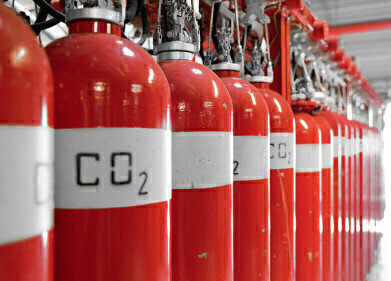
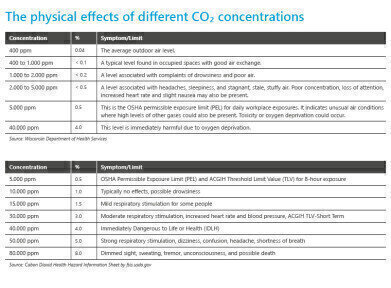
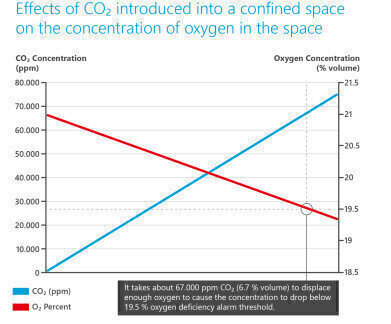
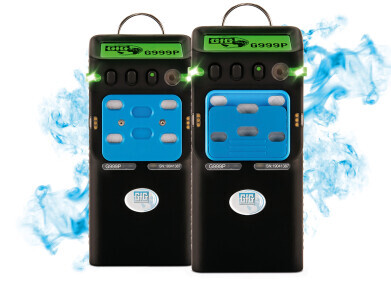
.jpg)
